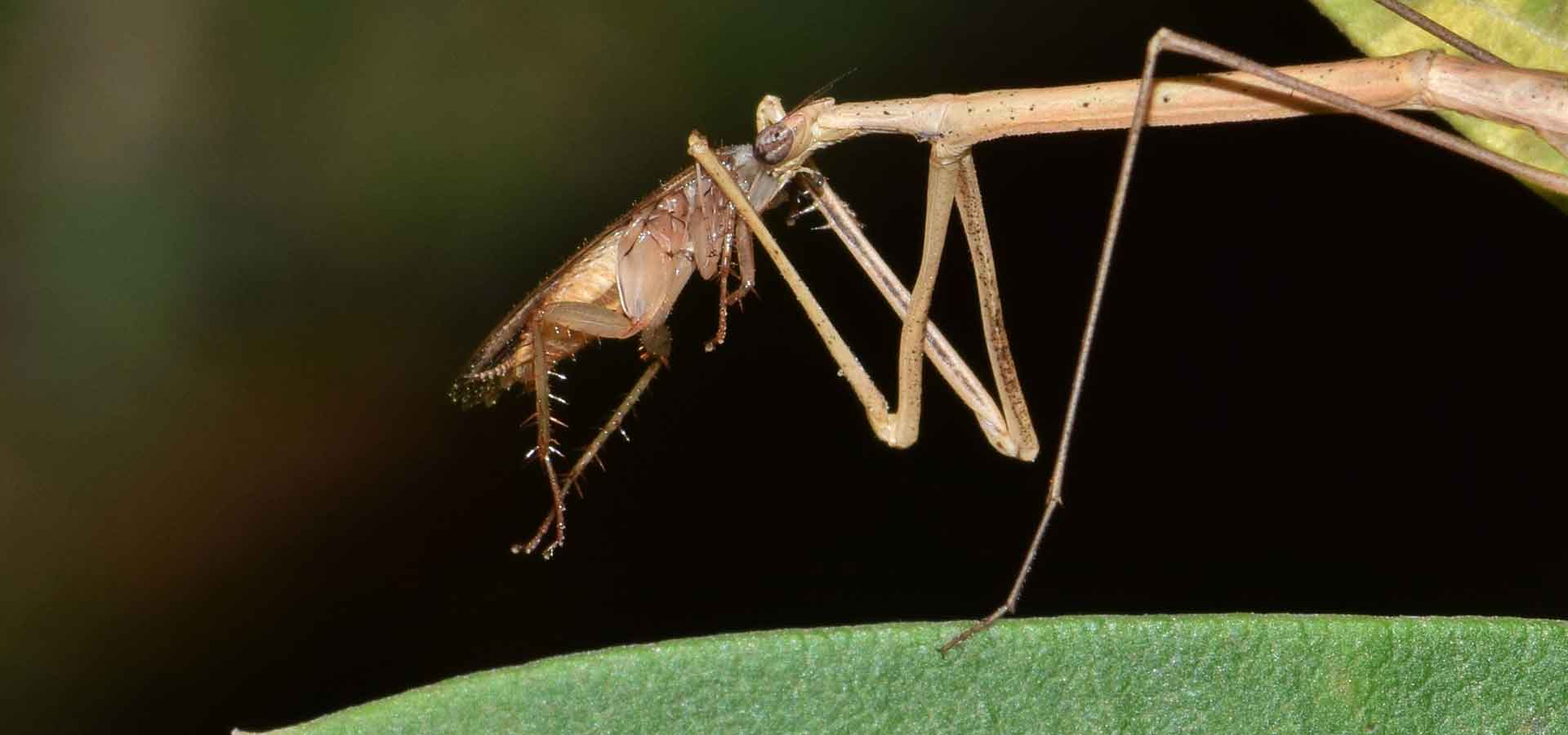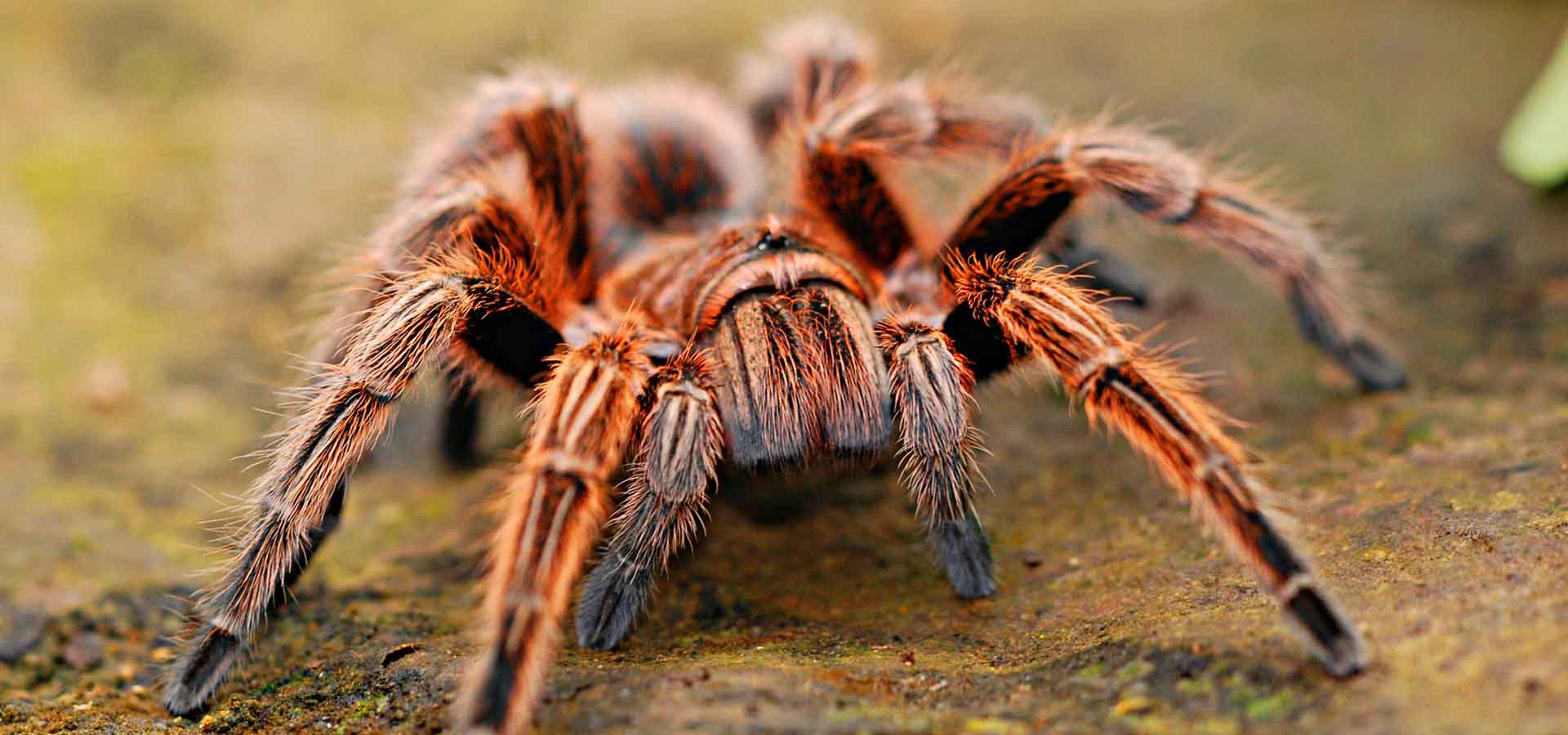If you're looking for a suitable pet for your children, it's worth considering looking at a stick insect. Yes, we know that they're not as cuddly as a kitten, or cute little puppy, but they are fascinating and very low maintenance can teach your children how to care for something.
Stick insects are more commonly known as "walking stick insects". They often vary in size and most of them resemble a twig, or leaf, which means they blend into their environment very well. This sort of camouflage works very well to help keep them out of sight of predators.
Amazingly there are over 3000 species of stick insects in the world. Not all of these species are available in the UK as they require a different climate to survive and breed. The most common stick insects in the UK that are kept as pets are:
- Indian Stick Insects
- New Guinea stick insect
- Thailand Stick insect
- Pink Winged Stick Insect
Insect natural habitat and lifespan
A typical stick insect has a short lifespan, depending on the species this can live anything up to a year. During their lifetime they will go through six different skin molts. A stick insect is also known as parthenogenetic, which means reproducing without physically mating. If you're thinking about getting a stick insect for the children, you might want to consider to get a few over a period of time, so when one of the insects reaches the end of their lifespan, you will still have more for the children to look after.
A typical female insect can lay anything between 1 to 2 eggs a day and can go to produce 100’s throughout their lifetime. Male stick insects are very rare and only 1 in every 1000 that are hatched are male. The eggs typically hatch between 8 - 15 weeks depending on the temperature of the air. Once the baby has hatched, the little stick insect makes its way up the tree to which they then hang upside down.
Looking after your stick insects
Stick insects like to hang upside down on plants so you need to ensure that they have plenty of room to do this and that their natural habitat is kept in order and fresh with plants that are living. It’s best to keep your stick insects in a tank so they can't escape, which should be at a reasonable height.
Stick insects are vegetarian and love to graze on brambles, such as raspberry and blackberry leaves and fresh green leaves and roughage.This is a very important part of their diet and allows for plenty of nutrition and general well-being. Stick insects like a nice warm temperature, so you must keep their dwellings nice and warm, anything between 75 to 80° F. They also like to be kept in the dark, so you could opt for having a red heat bulb during the night and a white one through the day.
It is important that you keep humidity levels quite high and every species require different levels of humidity. It’s also important that the tank has plenty of fresh drinking water so your stick insect stays hydrated. You must also ensure that these creatures are handled with care as they’re very delicate. On some occasions, they will let you know if they’re being handled incorrectly by giving you a gentle nip.
It's safe to say that stick insects make really cute pets for small children. With very low maintenance this is a great way to start your children off learning to care for another being.


